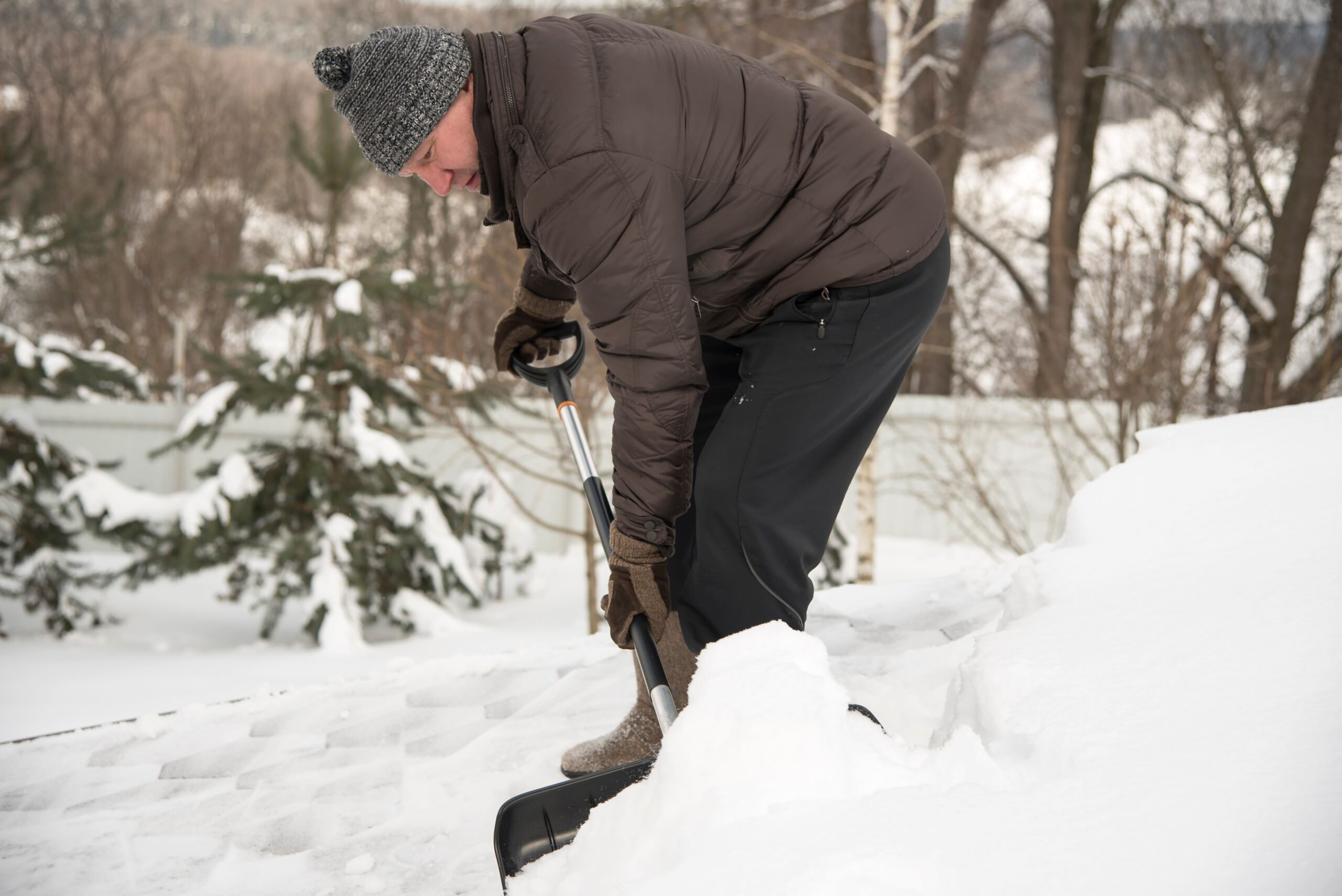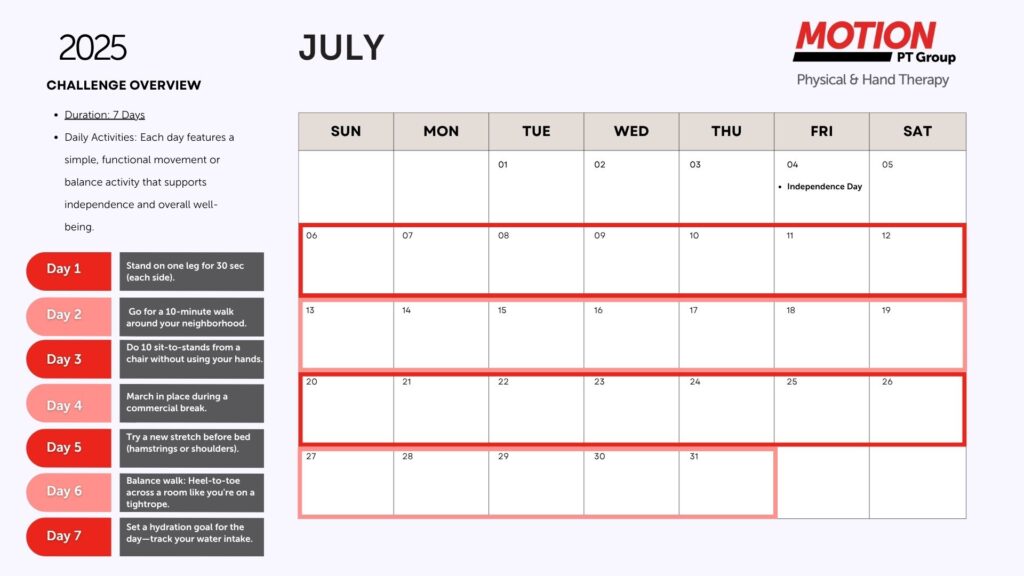As winter blankets our world in a serene layer of snow, the joy of the season can quickly be overshadowed by the potential hazards that come with it. For many, shoveling snow is a necessary and frequent task, but it’s important to approach it with caution. MOTION physical and occupational therapists, too often see the strain that snow removal can put on the body, and we’re here to share our expertise on preventing injuries while shoveling.
Understanding the Risks:
Shoveling snow might seem like a harmless winter chore, but the combination of cold temperatures, heavy snow, and repetitive motion can pose significant risks to your physical well-being. Common injuries include back strain, muscle sprains, and slips and falls. It’s crucial to approach this task with mindfulness and proper technique to minimize these risks.
Warm-Up Exercises:
Before stepping outside to tackle that snowy driveway or walkway, take a few minutes to warm up your muscles. Engage in light aerobic exercise like brisk walking or jumping jacks to increase blood flow to your muscles. Follow this with some gentle stretching, focusing on your back, shoulders, and legs. This pre-shoveling routine helps prepare your body for the physical demands of the task.
Choose the Right Equipment:
Investing in the right tools can make a significant difference in preventing injuries. Opt for an ergonomically designed shovel with a curved handle to reduce strain on your back. Additionally, ensure that your shovel has a lightweight yet durable construction to make the job more manageable. If the snowfall is particularly heavy, consider using a snow blower to lessen the physical strain.
Proper Shoveling Technique:
The key to preventing injuries lies in adopting the correct shoveling technique. Here’s a step-by-step guide:
- Warm-up: As mentioned earlier, start with a warm-up routine to prepare your muscles.
- Lift with your legs: Bend your knees and use your leg muscles to lift, rather than straining your back.
- Maintain a neutral spine: Keep your back straight and avoid excessive twisting movements.
- Push, don’t lift: Whenever possible, push the snow instead of lifting it to reduce strain on your back.
Post-Shoveling Recovery:
After the snow is cleared, don’t forget about your post-shoveling recovery routine. Perform gentle stretches to alleviate muscle tension, and consider using hot packs or a warm bath to relax your muscles. If you experience persistent pain or discomfort, please contact your physical therapist.
Winter should be a time of joy and wonder, not a season marked by preventable injuries. By incorporating these tips, you can turn snow removal into a safe and manageable task. Remember, taking care of your body is a crucial part of enjoying the beauty of winter to the fullest. Stay safe, stay warm, and embrace the wonders of the snowy season!




